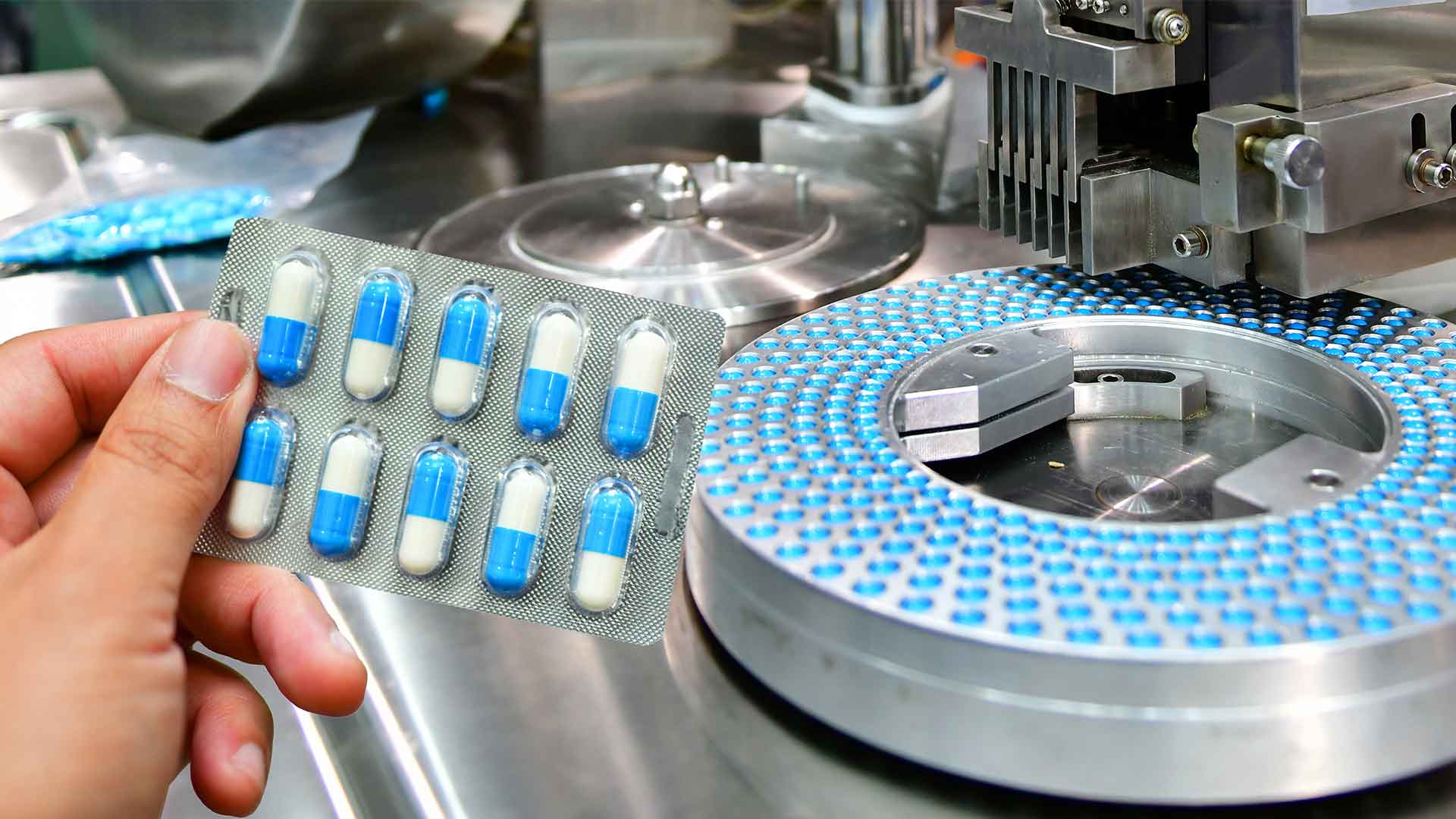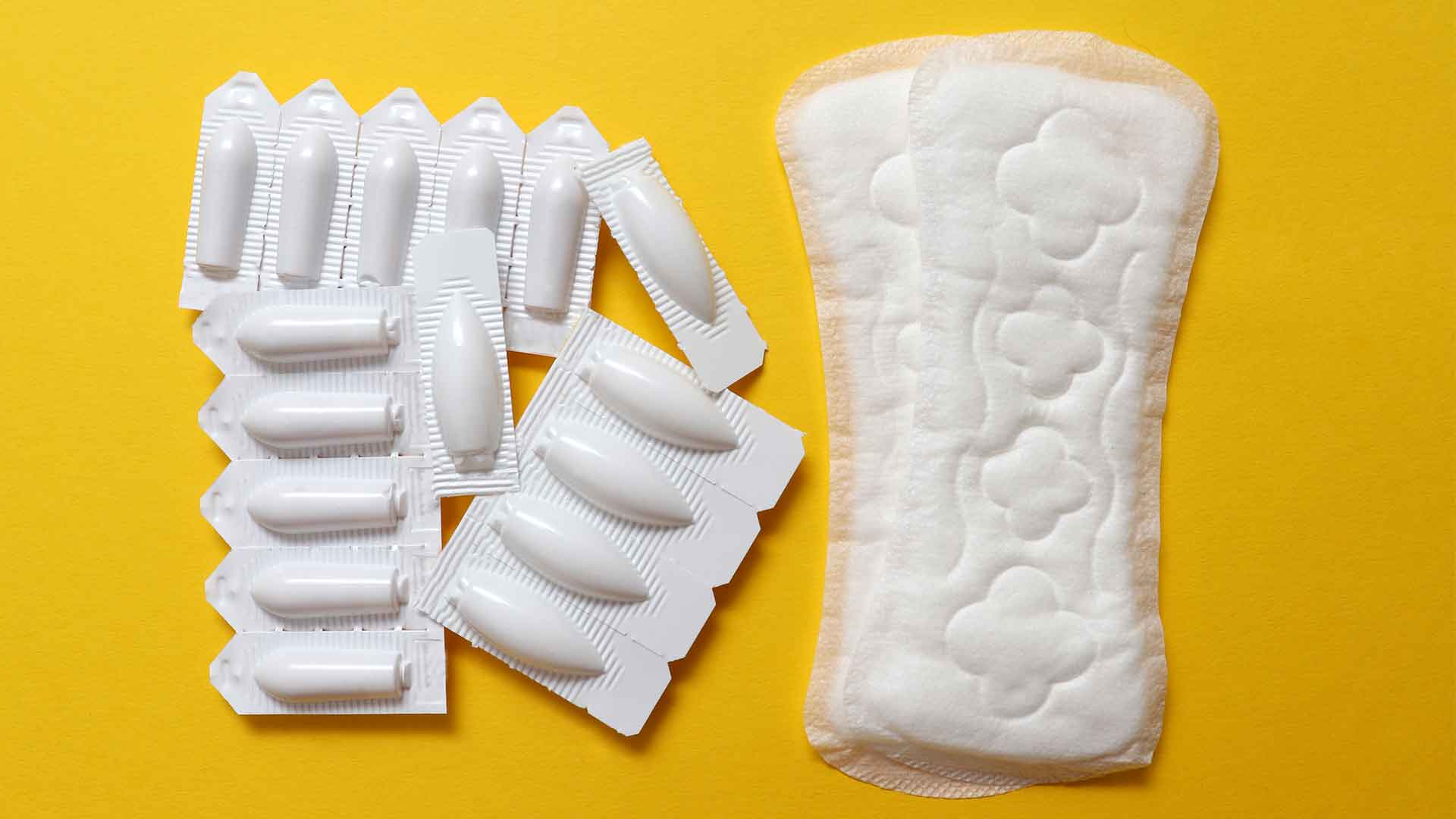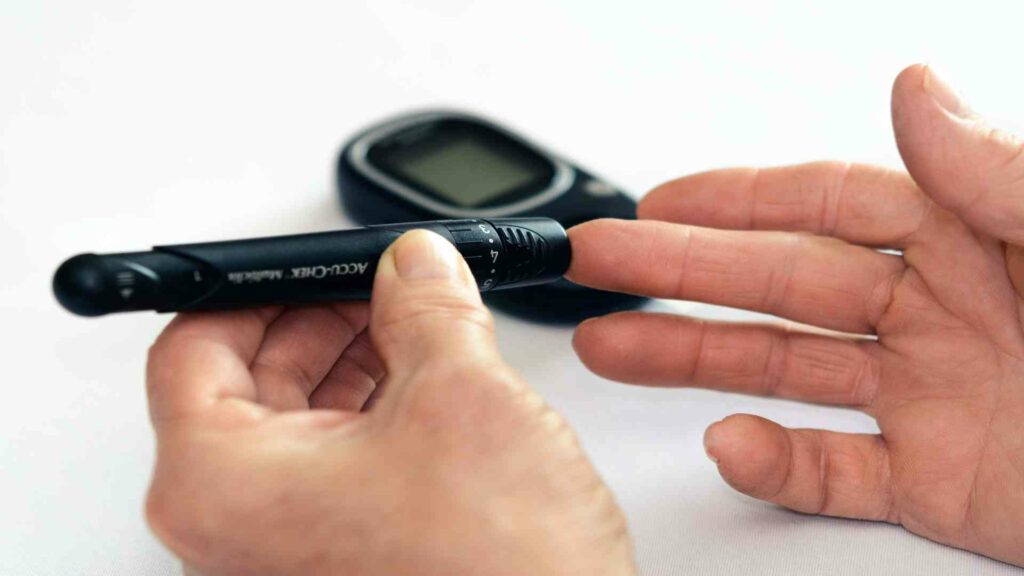Boron in Pharma
Boron is an essential mineral naturally found in our food supply. Naturally, people use boron supplements for medicine via boron pharmaceuticals. Boron is also used in eye drops and bone development, osteoarthritis treatment, muscle building, testosterone level increase, thinking skills, and strength improvement. The most common form of Boron in Pharma is boric acid, used in eye drops and by women to supplement their vaginal yeast and on the skin to prevent yeast infection.

Medicinal Chemistry Uses Boron
Boron compounds can be used in many different fields, including Medicinal Chemistry. Although The Application of Boron first recognized boron compounds in pharmacological sciences over a century ago, only a few are currently used in pharmaceutical drugs. The boron-containing substances are an example of a new class that medicinal chemists can use in their drug designs.
Carboranes are an organometallic group that includes carbon (C), Boron (B), and hydrogen. They are the most commonly studied boron compound in medicinal chemistry. Additionally, many other boron-based compounds are worth your attention, including dodecaborate ions, metallaboranes, and metallacarboranes.
BNCT has been used in cancer treatment for over a decade. Technology is where radiation and chemotherapy have limitations. To fully realize the clinical potential of BNCT, however, improvements in existing (BPA/BSH), localized delivery agent systems, or new compounds that target tumors are necessary.
Developments in the Field of Boron Chemistry
Modern advances in boron chemistry allow for greater use of this element in Medicinal Chemistry. For medicinal chemists, boron-containing compounds are a new compound in drug designs. Bortezomib(Velcade(r),) a dipeptide boronic acid approved by the FDA in 2003 to treat multiple Myeloma, opened the doors to discovering new Boron-containing compounds.
It was approved for use in the treatment of onychomycosis. Two other Boron-containing compounds were also approved. They are tavaborole and Eucrisaborole for mild to moderately severe atopic dermatitis. Numerous boron compounds have been evaluated and described for various therapeutic purposes.
Boron in Eye Care
Although not a trace element, boron is a natural mineral commonly used in eye care products. Borax and boric acid minerals are highly toxic and may adversely affect children. The safest boron eye drops contain 0.12mg per drop, although the recommended daily dose is likely higher. Boric acid eyewashes have been used for centuries to treat irritation and prevent infection.
According to some studies, low borate levels have been linked to a higher risk of developing diabetes and other developmental issues. However, eye-care products contain a safe and balanced amount of borates, so there are no risks from consuming more than the recommended daily intake. Boron compound derivatives, also known as hydrogen Borate (H3BO3), are weak acids derived from the mineral Boron.
They are widely used in OTC antiseptics or astringents. Boric acid can be powdered into a powder from its natural form.
Boric acid is toxic if it is ingested. However, it can be used as an eyewash. These eyewashes are made in an isotonic salinity solution consisting of purified water and sodium chloride (salt).
Boric acid, when used in an eyewash, has many valuable properties.
- Mild antiseptic: It may inhibit bacterial or fungal growth and help prevent some mild infections.
- Compatible with your eye tonicity: Drops do not dilute or diffuse essential chemicals within your eye fluid. Because it doesn’t disrupt the natural eye chemistry, it is perfect for irrigation.
- Functions as a buffering ingredient: Buffering agents can maintain the pH balance in a solution, even when alkaline or acid is added. You can add inactive or active ingredients to your solution, but they won’t alter the pH balance.
Boron Helps Women
Boron appears to alter how the body processes other minerals such as calcium, magnesium, and phosphorus. It may increase estrogen levels in both older women (post-menopausal) and healthy men. Estrogen has been shown to support healthy bones and mental function. Boric acid (a common Boron) can kill yeasts that cause vaginal problems. Boron may be antioxidant.

Menstrual cramps (dysmenorrhea). Research has shown that taking 10 mg daily by mouth around menstrual bleeding can reduce pain in young women experiencing painful periods.
Vaginal yeast infections. When used inside the vaginal area, Boric acid has been proven to treat yeast infections and candidiasis successfully. But, it is not clear if the researchers did a quality check of the sample.
Therapeutic Potential
Compared to oxygen, carbon, hydrogen, and nitrogen, there is not much information on Boron for therapeutics. Additionally, only a few natural Boron products are valuable as leads for medicinal chemicals. The medical chemistry community has been reluctant to use Boron because of the risks and lack of synthesizing boron-containing substances.
However, Boron has the unique ability to destroy biological targets and offer medical chemists an opportunity to develop new areas for drug discovery. Much new boron therapeutics on the market have different modes for inhibiting biological targets. One boron-containing drug agent is on the market; several others are in various stages of clinical trials. The occurrence of this type of compound is expected to increase over the next decade. It could also become a common element in future drug development.
Diazaborines were one class of Boron-containing compounds that were first evaluated as therapeutics. Dewar, an investigator of the ‘nonbenzenoid’ aromaticity heterocycles, synthesized dilatoriness for the first time. Dewar did not mention their medicinal uses but that they were tool compounds meant to demonstrate the possibility of replacing C-C units in aromatic compounds using the isoelectronic BN bond.
Dr. Gronowitz did see a similarity to the diazaborines-containing nitrofuran antibiotic, nitrofurantoin. However, he thought they might share some of the same antibiotic activities.
Dewar’s work provided the first evidence of antimicrobial activities for a compound containing Boron. Aronowitz first worked with a structurally comparable nitrothiophene and quickly concluded that the ring’s need for nitro substitution was unneeded. The most significant impact on activity came from changing the hydrazine.
A preference for 2-N, sulfonyl substitution of analogs possessing antibacterial activities was noted. Therefore, this served as the template for future research. Numerous patents were issued in this field, which showed apparent interest and culminated in Sandoz Pharmaceuticals publishing many such evaluations.
In this study, the MIC activity for 80 different diazaborines was consistent with previous observations that Diazaborines limited their activity almost exclusively to Gram-negative bacteria. MIC generally revealed that the order in which experts determined potency relative to an arene ring was thienodiazaborines. Benzodiazaborines and furanodiazaborines followed, while pyrolodiazaborines remained inactive.
In the 2-N-sulfonylalkyl-thienodiazaborine series, the effect of homologating the alkyl chain was striking, with 5 having a high MIC against Escherichia coli of more than 50 ug/ml, compared with 6.25 ug/ml for 6. Methylation by the thiophene ring slightly increased potency to produce the most promising diazaborine reported (Sa84474 ), with aMIC of 1.25 Ug/ml.
Diazaborine for Tuberculosis
Renewed interest in this area followed the publication of diazaborine’s mechanism of action with an evaluation of new classes of diazaborines, including the isosteric 2,4,1-benzo[e]diazaborines, targeting Mycobacterium tuberculosis. Compared with pyrazinamide, the first-line TB medication. They were not as potent as isoniazid, but they still had activity.
Comparatively, two diazaborines had MIC levels between 8-16 ug/ml. These values were higher than pyrazinamide’s (200 ug/ml span>). Another application for diazaborines may be in the development of ‘ultra high’ fidelity estrogen-structural mimics.
Boron Also Helps Treat Cancer
Boron can also find used in many other areas of pharmaceutical application. Boron can be used as an anticancer drug to treat multiple Myeloma relapsed and mantle-cell lymphoma. Boron is directly responsible for binding the catalytic location of the 26S proteasome, a protein complex susceptible to cancer development.
Radiotherapy can be helpful in certain medical conditions to destroy or weaken abnormal cells. The radioisotope which generates radiation can be located in the vital organ in the same way as for diagnosis: through a radioactive element following its usual biological path or attached to a natural compound. It is usually beta radiation that damages the cells. Radionuclide Therapy (RNT), also known as radiotherapy, is the process. It is also called brachytherapy and is rapidly becoming the most common treatment.

Boron can kill cancer cells when combined with other substances
Radiotherapy may not be as well-known and widely accepted as diagnostic radioactive material in medicine. However, it is influential and growing. A strong beta emitter with enough radiation to enable imaging (e.g., Lutium-177) is an ideal therapeutic radioisotope. The radioactive material, prepared from ytterbium176, is irradiated to produce Yb177 (which quickly decays to Lu177). Yttrium90 can be used to treat non-Hodgkin’s lymphoma and liver cancer. Lu-177 (and Y) are now the essential RNT agents.
One new procedure, still experimental, uses boron-10. Thus, boron-10 concentrates on the tumor. The patient is then exposed to neutrons strongly absorbed in Boron. Hence, it produces high-energy beta particles that kill cancer. B10 is a therapy that captures boron neutrons.





